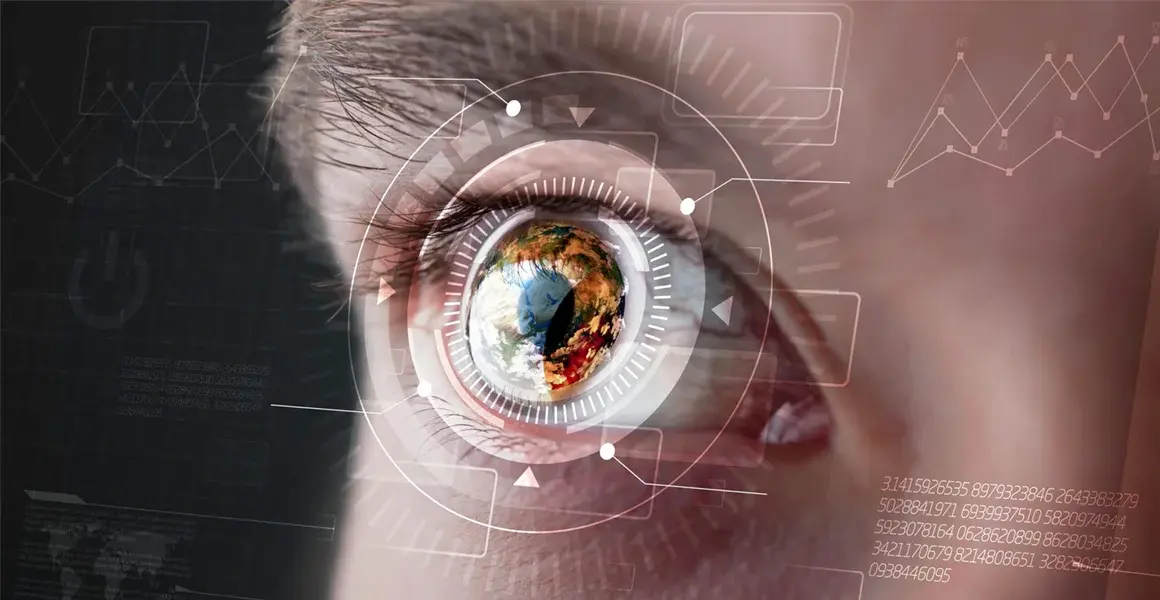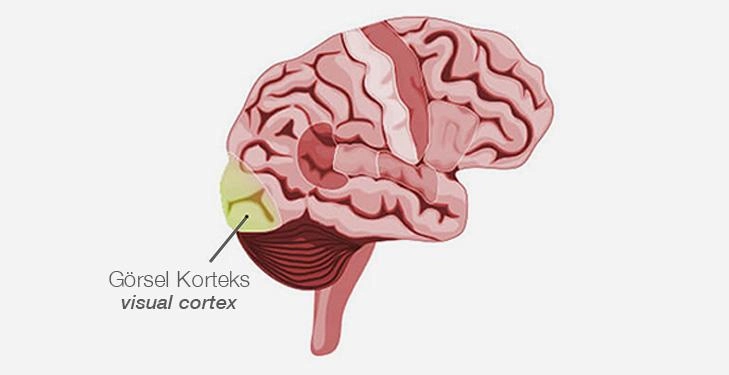Visual Cortex and Neuromarketing Relationship
In its simplest definition, how do the visual cortex, which receives and interprets the information coming from the retina of the eye and the reptilian brain, our first brain, affect our purchasing decisions?

Today, the understanding of marketing has ceased to be product-oriented. With the contributions of science, it has come to a point where people's mind, feelings and thoughts are considered substantial. With the development of imaging technologies and neuromarketing methods, the world of marketing is making new discoveries about the human brain day after day. How and how fast the human brain perceives images is one of the new discoveries. In today's article, we will talk about the primitive brain, visual cortex, neuromarketing and their interrelationships based on this new discovery.
Visual Cortex

The visual cortex is located in the occipital lobe, one of the four lobes of the brain. In its simplest definition, the main purpose of the visual cortex is to receive and interpret the information coming from the retina of the eye. So when you see an object, it is your visual cortex that tells you which object it is. This process takes 500 milliseconds.
I mentioned that people make their purchasing decisions with the primitive brain, that is, the reptilian brain. For a more in-depth review of the reptilian brain, you can check out our article on the Reptilian Brain and the Customer's Decision Making Process.
That's why when people see a visual-heavy design, their first reaction to it is usually not the visual cortex's interpretation, but the reptilian brain's reflex.
To give an example to clarify the subject;
Let's say you went camping in Abant. While walking with your friend among the trees, you came across a snake. The first time you see the snake, within 2 milliseconds, your primitive brain kicks in. As a reflex, you try to protect yourself. At this point, the higher-functioning parts of the brain are unaware of the situation. It takes another 498 milliseconds for this...

In contrast, it takes 500 milliseconds for the visual cortex to understand the object and decide the next move. As you can understand from this example, different mechanisms may come into play for people when making decisions in some cases.
Another aspect of the job is that people can perceive images much faster than text. In other words, the picture you put in an advertisement you have prepared is perceived very quickly with the help of the visual cortex. Whereas, texts require longer time. There may even be cases where the text is not understood at first reading.

Let's do a little experiment. A man dressed in a realistic gorilla suit stands just in front of the decrepit wall of yellow bricks. The man in the gorilla suit raised both hands above his head. Both palms are closed. He makes the 'rock' sign with his thumb, pinky and index finger open.
With a glance at the picture above, you understood this and many more details at once. But how much of a temporal difference is there between reading and analyzing the text, right?
How does the visual cortex relate to neuromarketing?
Let's say you prepared a visual design. An element that you have unconsciously or consciously placed in the design may find a negative response in the eyes of the consumer as the first reaction. Negative elements that reach the consumer without passing through the visual cortex minimize the benefit of the visual.
In addition, consumer attention to visuals has decreased considerably nowadays. You should not forget that images are perceived much faster than texts. For this reason, the visual content of the advertisements you will prepare can increase the benefit to be obtained from the advertisement.
It should not be a very profitable choice for the brand to leave everything to the instincts and experience of the designer when preparing images that target such a complex mechanism, that is, the human and therefore the consumer. Neuro-design development is one of the best ways to influence consumers today.